Protecting Garden Plants From Frost
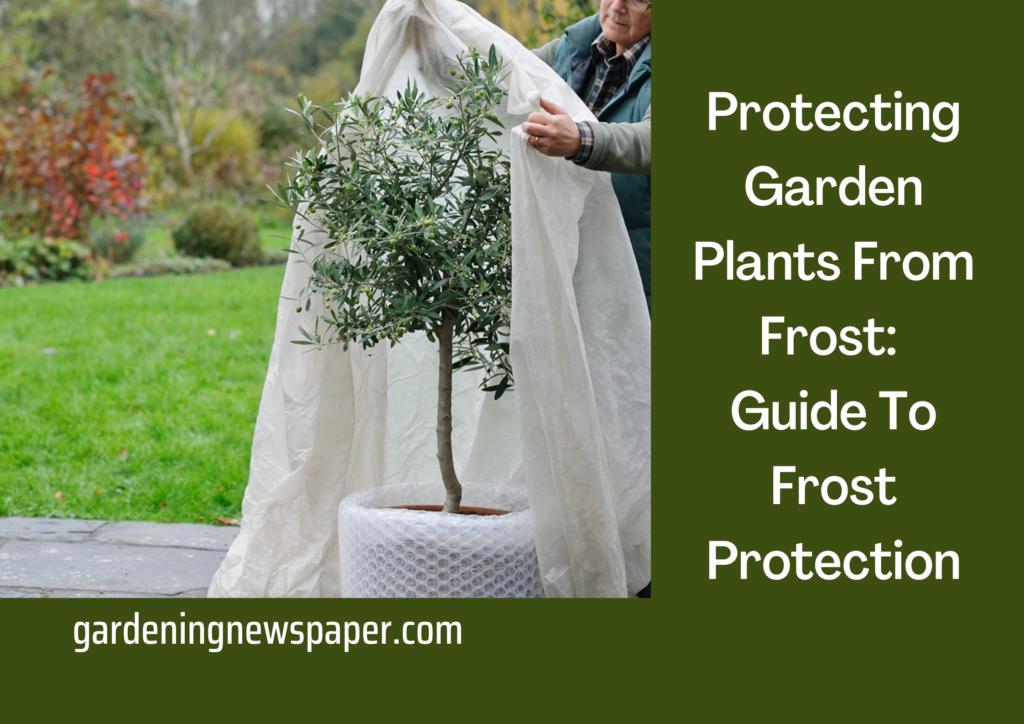
Despite the cold temperatures and shorter days of winter, you can still extend your growing season and save your plants from freezing temperatures and frost. In this blog post, we will discuss several strategies and tips for extending your growing season and saving your plants from frost. Read on to learn more!
Understanding Frost
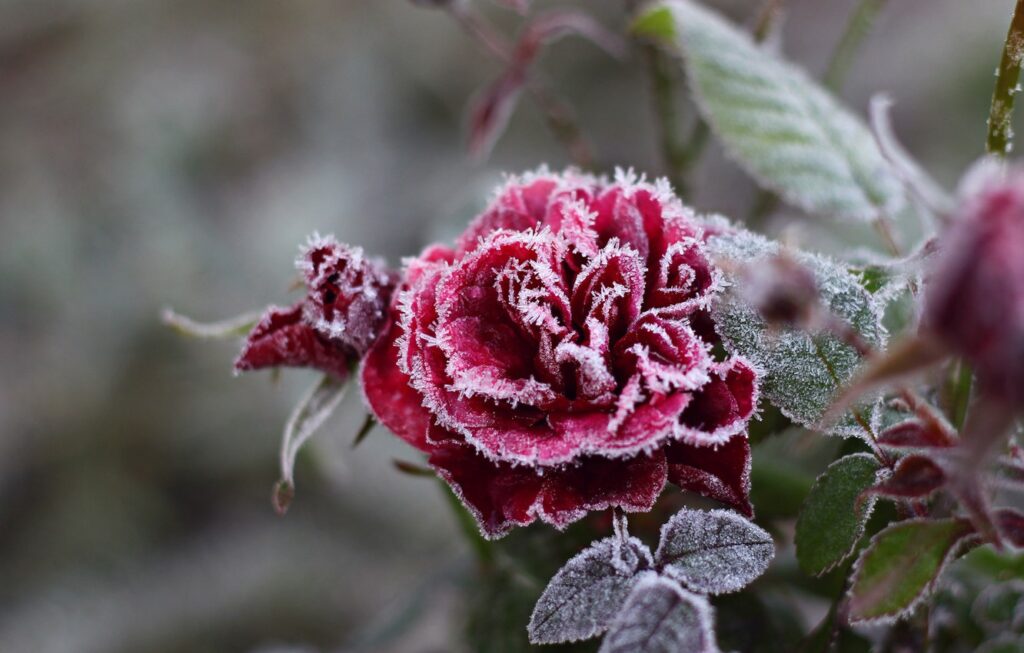
Understanding frost is key to saving plants from it. Frost can be characterized by temperatures below 32 degrees F and the formation of ice crystals on surfaces, which can damage plants. Many plants are highly susceptible to frost damage and have a difficult time adapting to cold temperatures. To help your plants from frost, cover your plants with a frost blanket or polyester sheet at night.
Doing so prevents the formation of ice crystals on the surface of plants and helps keep them protected during cold nights from frost. Additionally, watering your plant in the evening can help insulate the soil and reduce the chance of frost damage. Finally, be sure to choose hardier varieties of plants that are more resistant to frost damage when planning your yard. With these practices in mind, you can ensure that your garden is protected from damaging frost.
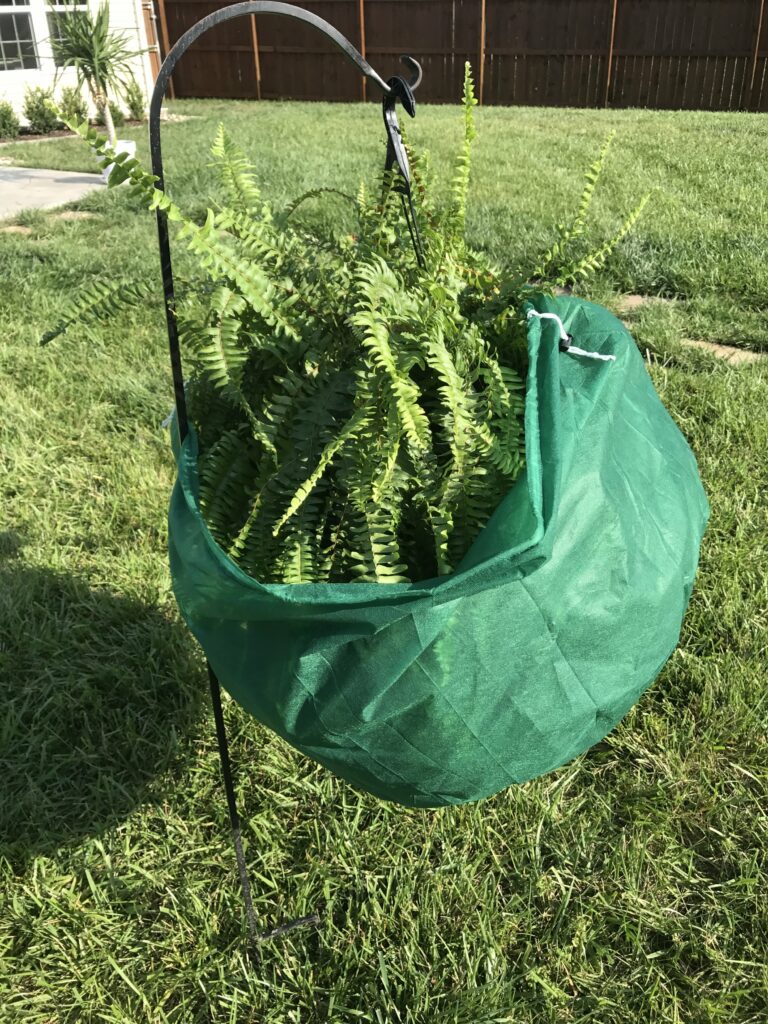
When trying to protect plants from frost, it’s important to pay attention to forecasted temperatures and cover or move vulnerable plants indoors if necessary. Next, there are multiple methods to protect plants from frost. One way is to keep an eye on the forecast and take precautionary steps, such as moving vulnerable plants indoors or covering them with a frost blanket if necessary.
However, it should be noted that some plants may not survive even with the use of protective measures against frost. Therefore, it is important to familiarize oneself with their plant’s hardiness zone and choose plants that can withstand potential frost conditions.
Frost Protection: Preventing Frost Damage
Saving your plant from frost damage requires being proactive – start by covering vulnerable plants with a frost cloth, which insulates them from frosty temperatures. This protective layer creates a microclimate around your plants that can reduce the risk of frost damage while still allowing air and light to reach them.
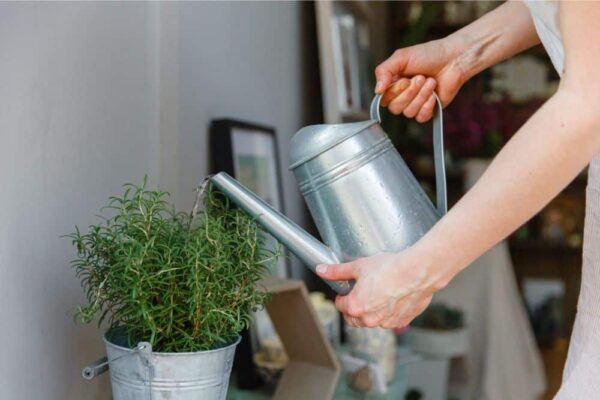
Additionally, make sure to water your plants for protection in the late afternoon before the temperature drops, as moist soil is better able to resist damaging frost. If possible, move the delicate or frost-sensitive plants indoors for the chillier months. These strategies will help prevent damage from frost and allow you to enjoy your garden all year round.
Also, you should strategically utilize pruning to reduce the amount of surface area exposed to the cold, making it easier for the plant to stay warm and avoid frost. Pruning away some of the foliage and thinning out the branches help plants to retain heat even during cold and frosty weather.
Additionally, adding a thick layer of mulch around the plant to protect plants can also help keep them warm. The mulch helps insulate the plant by providing an extra layer of protection from cold temperatures. Lastly, if necessary, use special frost covers to further protect your garden plants from frost.
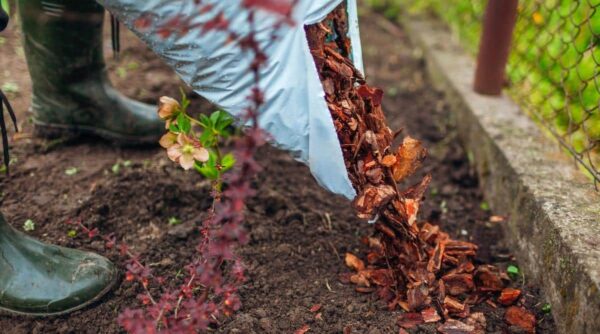
Utilizing mulch is another great approach to saving your garden plants from freezing frost damage – as mulch helps insulate the soil and retain heat, creating a buffer between your plants and cold temperatures Meanwhile, utilizing mulch is a great approach to saving plants from freezing frost damage. Mulch acts as an insulator for the soil, helping to retain heat and create a buffer between the cold temperatures and plants. This simple step can help to save plants from facing severe freezing frost damage in cold weather.
Extending Your Growing Season to Protect Plants
One way to extend your growing season is to protect garden plants from unexpected freezing frost by creating a sheltered environment using an outdoor plant cover. This can easily be accomplished with a few simple tools such as plant covers, cloches, and row covers made of breathable fabric. Plant covers are very useful for protecting individual plants in the garden from frost.
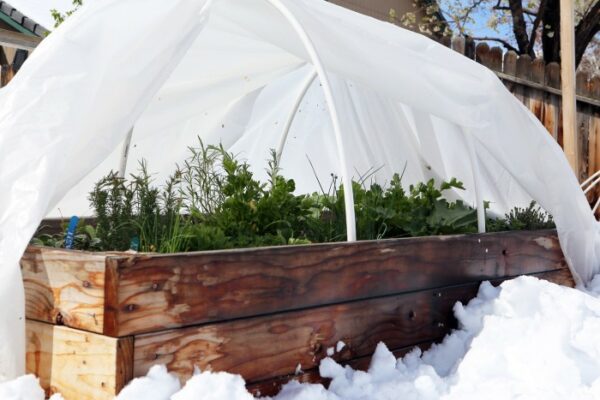
A simple and easy way to do this is to use a lightweight frost cloth, which will cover the plants and retain warmth during cold weather. Frost cloth is an effective way to protect plants from freezing frost when temperatures drop in your home. It can be laid over plants to create a protective barrier against the cold, trapping heat and allowing for continued growth.
The lightweight fabric is breathable and allows for air circulation, preventing condensation and providing ample ventilation for plants. Additionally, frost cloths can be easily removed during warmer temperatures without harming the trees beneath. Protecting garden plants from frost does not have to be expensive or complicated—a lightweight frost cloth can provide an effective solution with minimal effort.
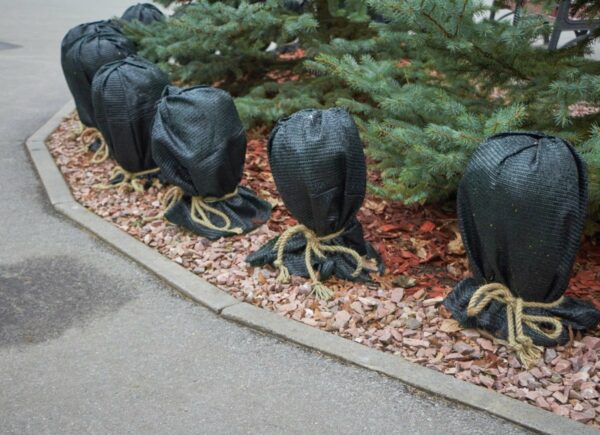
Plant covers can also be used to protect young plants from the harsh sun or wind in your home, so they can grow stronger and faster during the extended growing season Thus in this view, using protective covers for your sensitive garden plants and vegetables is a great way to ensure that you maximize your growing season.
Protecting the trees from frost and harsh sun or wind will allow them to grow stronger and faster, increasing their chance of survival. It is important to remember that covering your plants to avoid frost can make a huge difference in the quality and yield of the garden.
Building a Protect Layer for Your Plants
Making a layer of protection for your plants is one of the greatest strategies to keep your vegetable gardens safe from frost. This will assist maintain the soil temperature constant and protect them from harsh temperatures. A layer of insulation can be created by wrapping plants in a frost blanket to help keep them warm. Move containerized plants to sheltered spaces, such as a porch or garage.
Use items like horticultural fleece, bubble wrap, old blankets, sheets, and even cardboard boxes to cover your plants over the winter to create this protective barrier. The most suggested materials are bubble wrap and horticultural fleece because they are made to shield plants from frost. Make sure the materials are fastened so that high gusts won’t blow them away.
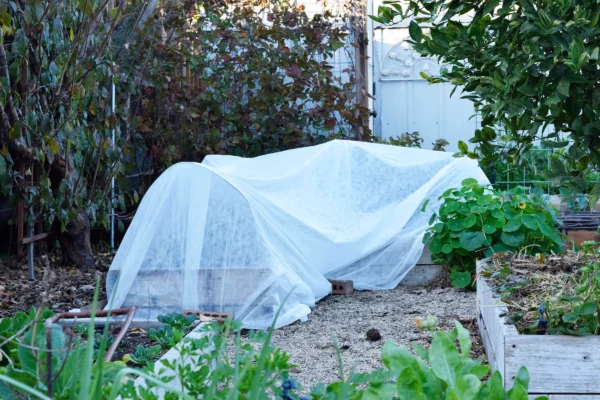
Old blankets and sheets provide additional insulation, and cardboard boxes should be used in conjunction with other objects to keep your plants from becoming frozen. Using these items to protect your garden plants from frost can ensure their survival throughout the chilly winter air months.
If you use the proper coverings and take them off when the temperature rises, your plants will get the right quantity of sunlight and ventilation and will be protected against frost. It’s also essential to check on your plants frequently to make sure they are adequately protected throughout the cold air to avoid frost. If you carry out these simple tasks, your cherished garden plants will be more likely to survive the winter cold air.
Final Say
In conclusion, extending your growing season and protecting your garden from frost and cold temperatures is possible by using a combination of strategies and ideas. One of those ideas includes using garden covers and other frost protection methods to keep them safe during chilly winter nights. It is also important to choose varieties of greens as a sign that are well-suited to your climate and planting zone to avoid frost. With these tips in mind, you can enjoy a longer growing season and continue to watch your garden flourish throughout the winter months.
